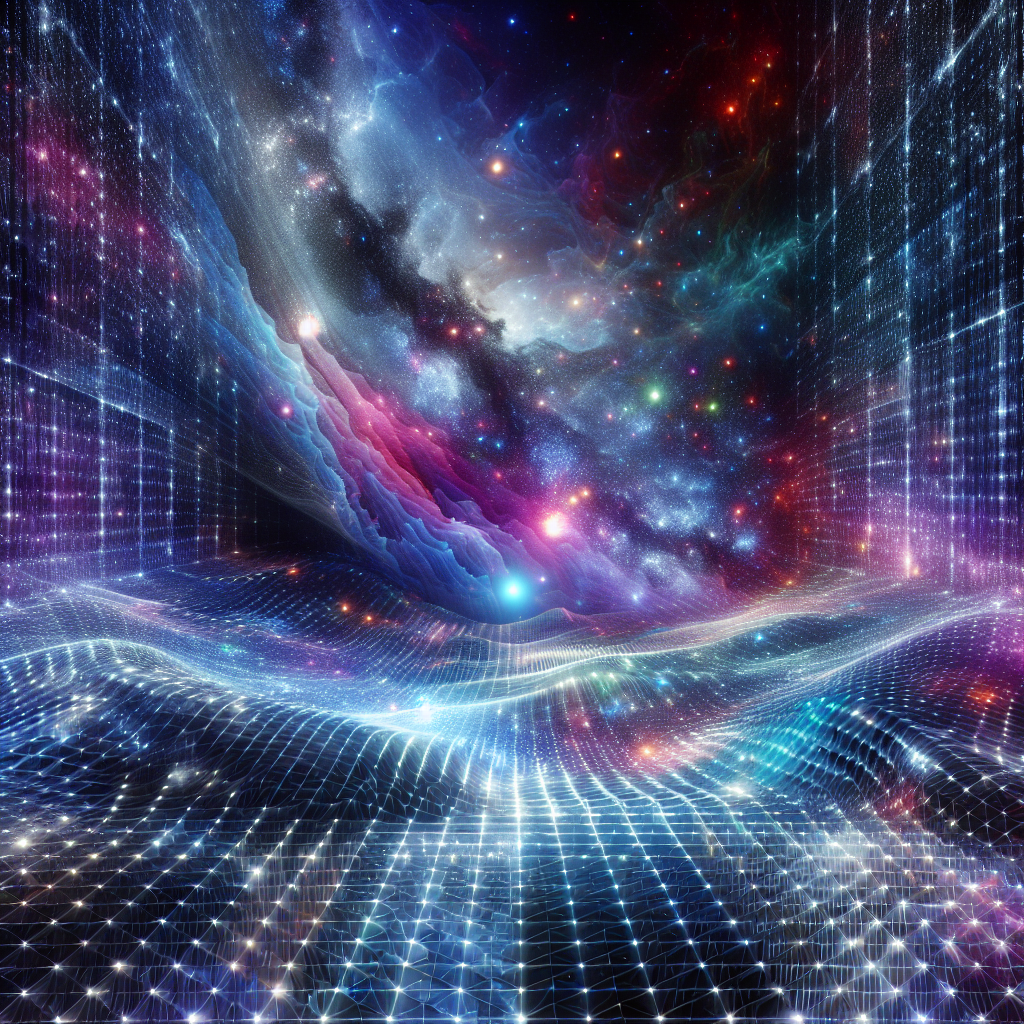Is the Universe Actually a Hologram?
In the realm of theoretical physics, one of the most stimulating and somewhat unsettling debates centers on the concept that our universe might be a hologram. This notion, which sounds like it belongs in a sci-fi movie, is a serious subject of discussion among physicists and cosmologists. But what does it really mean to suggest that our three-dimensional experience of the world could, in fact, be a two-dimensional projection?
Understanding the Holographic Principle
The holographic principle originates from string theory and suggests that all the information contained in a volume of space can be represented as a hologram: a two-dimensional surface that can encode the entirety of the volume. Nobel laureate Gerard ‘t Hooft first introduced the idea, which was later given a more precise string-theory interpretation by physicist Leonard Susskind. This theory proposes that a lower-dimensional description of the universe could encompass all the phenomena we observe, essentially suggesting our 3D existence is just an image projected from a distant, 2D cosmic horizon.
Evidence Supporting the Holographic Universe
Research teams from various institutions, including the University of Southampton and the Perimeter Institute for Theoretical Physics, have investigated the holographic description of the universe. Their findings, published in reputable scientific journals, propose that some peculiarities of the cosmic microwave background—the afterglow of the Big Bang—can be explained better by a holographic universe than by traditional theories of cosmology.
Furthermore, Science Magazine discusses how recent advancements in quantum gravity and black hole physics provide indirect support for the holographic principle. Black holes, considered the simplest and most perfect macroscopic objects in the universe, might be natural candidates for such a holographic view. The way information is stored on the event horizon of a black hole aligns with the idea that more information could be stored in a 2D space than previously thought.
Implications of a Holographic Universe
If the universe is indeed holographic, it challenges our fundamental understanding of space and time. This paradigm shift could lead to revolutionary developments in technology, particularly in quantum computing and data storage, as we begin to understand how information is fundamentally encoded in the universe.
While the holographic principle continues to be a topic of intense research and debate, its acceptance could redefine not just our cosmological models but our entire philosophical outlook on reality. Whether this theory will move from speculative to accepted science remains one of the most fascinating questions in modern physics.
Reflecting on Our Reality
The question, “Is the Universe Actually a Hologram?” invites us to reconsider everything we know about the universe. As research progresses, whether we live in a holographic projection or not, the journey of discovery will undoubtedly reveal more about the cosmos and our place within it.


